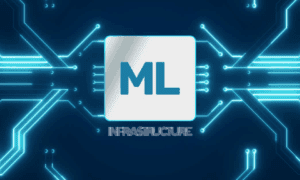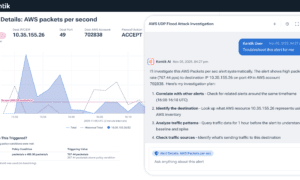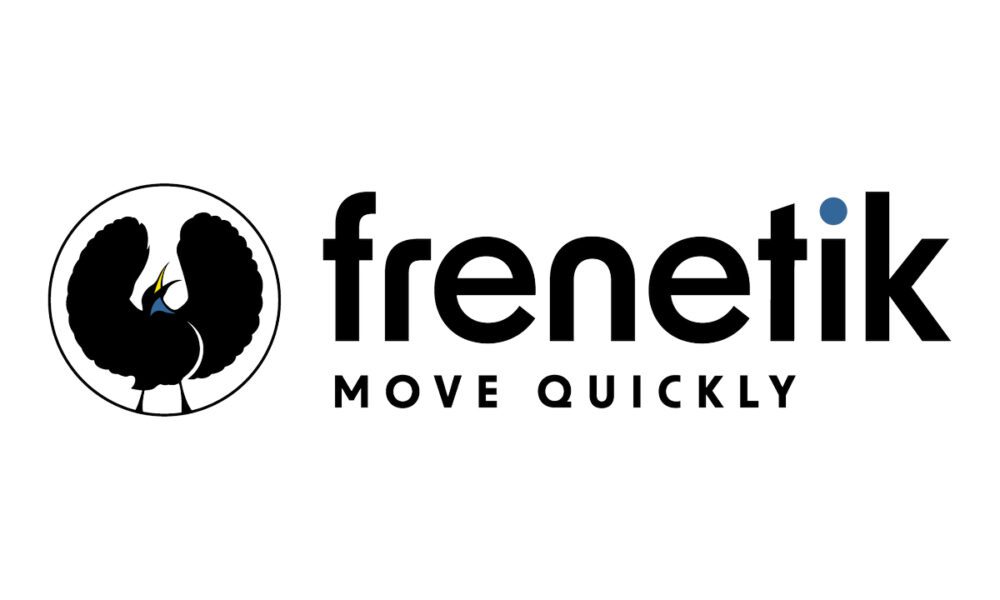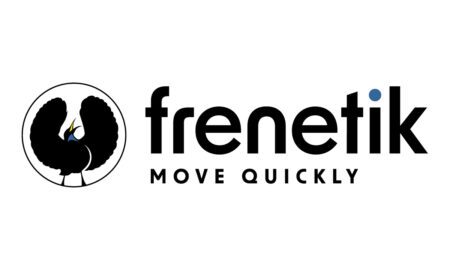From fraud detection to regulatory compliance and infrastructure defense — why platforms, not point solutions, define success at scale
The Universal Challenge: Single Models Don’t Scale
As digital platforms scale — from finance and energy to social networks and consumer apps — the challenges start to look surprisingly familiar. A bank processing thousands of transactions, a shipping company handling compliance documents, or a social network moderating millions of uploads all face the same reality. Human review teams are overwhelmed by the flood of data, while single-purpose ML models struggle to keep pace. What works in a lab quickly breaks when exposed to billions of daily interactions.
When compliance requirements impose strict deadlines and adversaries evolve rapidly, only platform-level solutions can deliver real-time enforcement without compromising user experience.
Consider three cases — compliance, fraud prevention, and infrastructure defense. Different as they seem, they all highlight the same principles.
Case One: Compliance Document Automation
In regulated industries such as energy, shipping, or finance, compliance often depends on how effectively documents are managed and controlled. Yet the reality is messy: shipping manifests pile up, safety certificates arrive in various formats, and financial statements are still riddled with manual errors. One overlooked field in a vessel’s safety document can hold up port operations for days — and quickly lead to penalties.
A more effective approach is to view document handling as a platform issue. Instead of patching one format at a time, systems can use automated parsing, normalization, and validation across whatever files appear. Clean datasets for OCR, flexible schema mapping, and continuous feedback loops provide compliance teams with the flexibility to adjust to new rules without disrupting their pipelines each time regulations change.
Instead of reacting to each new document type as a separate problem, the platform evolves as a living system that scales across departments and geographies. This also helps multinational organizations align compliance operations across regions, reduce duplication of work, and standardize reporting processes for regulators in different jurisdictions.
Case Two: Real-Time Fraud and Abuse Detection
System gaps never remain empty for long, as attackers fill them in various ways. Some create synthetic IDs by stitching together fragments of real user data — a phone number from one person, an address from another, a birth date from a third. Others use AI tools to generate fake passports based on publicly available information that appear authentic enough to slip past basic checks.
Another common tactic is hijacking advertising accounts and running entire campaigns on a stolen budget, leaving the rightful owner to face both financial loss and reputational fallout. The tactics vary, but the impact is always severe.
Point solutions may catch yesterday’s fraud patterns, but they rarely adapt fast enough. A layered platform model combines machine learning with rules engines, trap tasks, and real-time behavioral signals.
The goal is not just detection but enforcement within milliseconds — stopping fraudulent transactions or abusive campaigns before they impact customers. By designing for ultra-low latency, platforms can protect budgets, safeguard trust, and avoid the regulatory scrutiny that follows large-scale abuse.
Case Three: Infrastructure Defense Against DDoS
Beyond fraud, large-scale systems face another headache: traffic that isn’t just heavy, but openly hostile. Online marketplaces, banking apps, and SaaS platforms frequently experience sudden spikes in automated requests designed to overwhelm their infrastructure.
Public APIs and payment gateways are desirable targets. A single wave of fake logins or payment attempts can bring authentication services offline at the worst possible time — right in the middle of peak hours — leaving users locked out and eroding trust.
To handle this, mature platforms don’t rely on a single barrier but layer defenses. Adaptive rate limits adjust on the fly to slow down sudden bursts of requests without blocking legitimate spikes. Rotating challenges change regularly, so bots can’t simply script their way through. Probabilistic scoring identifies unusual patterns — for instance, hundreds of logins from the same device in a short period — and flags them as risky. Device checks use signals such as browser fingerprints or hardware IDs to distinguish between real customers and scripted traffic.
Woven together, these safeguards allow legitimate users to continue while malicious requests are filtered out. The real trick is keeping that balance — strong enough to block attacks, but light enough that customers barely notice it’s there.
Key Takeaways
The cases above show how different industries converge on the same architectural principles:
- Invest in platforms, not point solutions: modular architectures scale far beyond their initial use case.
- Treat data quality as seriously as model accuracy: unreliable input compromises everything downstream.
- Design for ultra-low latency from day one: enforcement windows are measured in milliseconds.
- Balance security with user experience: frictionless interaction builds trust as much as blocking abuse.
Scaling machine learning platforms is not about chasing novelty in models but about building infrastructures that are reliable, extensible, and fast.
Across compliance, fraud, and infrastructure, the typical lesson is clear: scalable ML platforms set the foundation for long-term trust. As new risks emerge and regulations grow stricter, companies that invest early will lead the way — while those clinging to point solutions will be left behind.



































